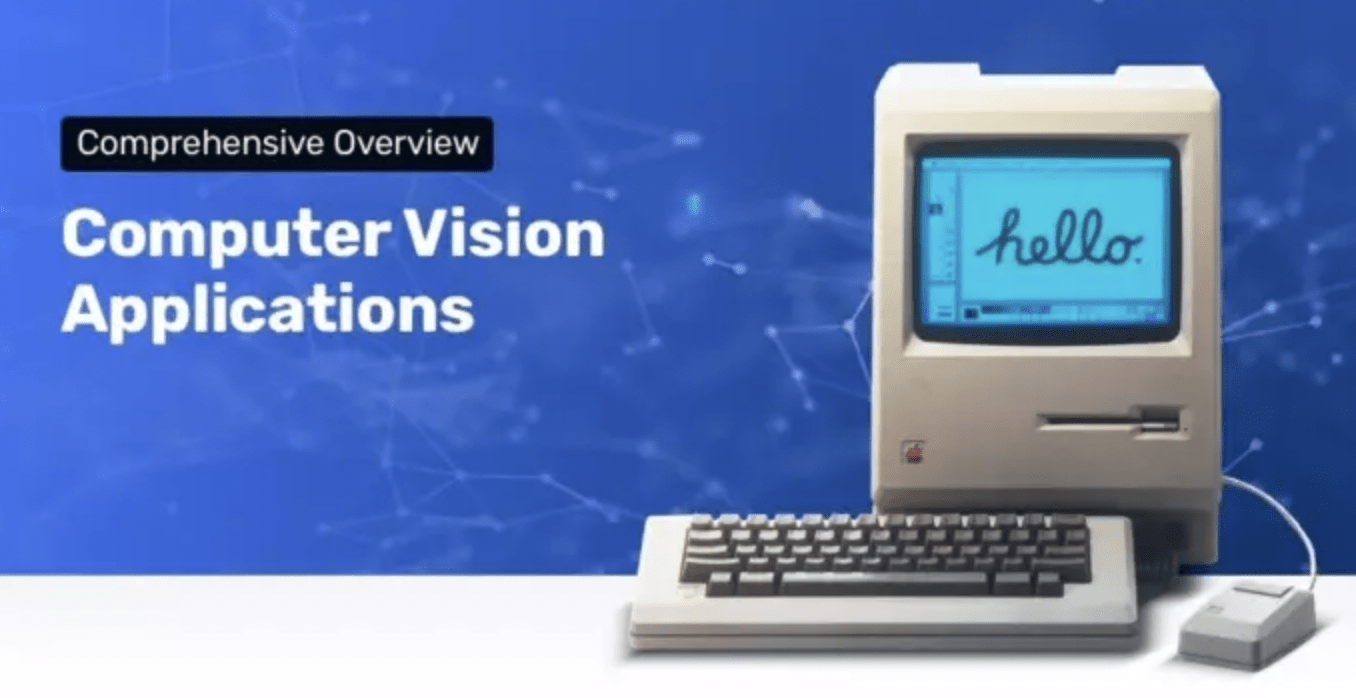Modern lifestyles depend on computers and digital devices. From the moment we wake up, we look at our Smartphones for any calls or updates that we miss while we are asleep. Then we spend most of our day staring at the backlit screens in front of the computer or laptop. Constant exposure to bright blue lights puts a lot of pressure on our eyes. It is important to protect the eyes. Today we focus on what is Computer vision Syndrome and how we can treat it or avoid it. Modern people spend a lot of time looking at text and pictures on screens. When we look at ordinary objects (other than screen / digital images) our eyes are focused according to the distance and depth of the image from the eyes. But when we look at a digital screen, our eyes have to constantly notice the attention, the depth and the distance between text and images.
There are also a lot of blue lights that are reflected on the eyes, moreover it becomes difficult for the eyes to focus and keep the object in focus. This makes it difficult for the eyes to focus on the screen, keyboards and inside the screen every second. A change of focus can easily cause eye strain. Now presenting to you here more details and solutions about computer vision and where is applied at blog here.
Persistent pressure on the eyes causes a number of eye problems, including eye fatigue, eye strain, watery eyes, dry eyes, back and neck stiffness, back pain, dizziness, and headache. , Red eyes, eye strain, etc. . These eye problems associated with viewing digital content are collectively known as computer vision syndrome.
So, how do you know if you have COMPUTER VISION? If you suffer from one or more of the above mentioned eye problems, you may be suffering from COMPUTER VISION. If you’re experiencing these issues every day or on a regular basis after working with digital devices, it may be that your eyes are getting tired easily due to too much blue light on your digital devices or computer. So, what can you do to avoid such problems?
How to reduce and recover from computer vision?
The best way to get rid of excess blue light in your eyes is to use high quality goggles and blue light blockers. Today, most optical stores and optometrists recommend getting anti-reflection lenses with UV protection and blue light cutting technologies. These coatings prevent blue light and UV rays from entering the eyes, which helps keep your eyes healthy.
Minimize the amount of time you spend on the computer. If it is not possible to reduce the time, take a break from work at least every 30-45 minutes and close your eyes for one to two minutes. Massage your eyes and follow the 20-20 method if possible.
Look at an object 20 feet away every 20 minutes for 20 seconds to help your eyes work better.
- After each day, use two steel spoons in the freezer for 5 minutes and then apply on closed eyes. Alternatively, you can use cucumber pieces kept in the freezer for half an hour. Or use an eye relief gel pad to cover your eyes.
- Get at least 6-8 hours of sleep. When we sleep, the eyes heal and heal themselves, so it is important that we give them time to heal themselves.
- Sit in the correct posture while working on the computer. After a few hours, take a few minutes break from work and massage your shoulders and neck.
- Exercise your eyes every day or every alternate day. Roll your eyes from right to left, then up and down, diagonally and round. Also, keep your eyes on the object that you place at arm’s length in front of your nose. Focus and see if you miss the point.
- If you notice that your vision has been compromised or you feel that you need to improve your vision, have your eyes checked by an ophthalmologist or optometrist and wear glasses. For best effect, choose only branded eyewear and lenses.
You may enjoy reading this article on your LCD screen, which is considered a flicker and radiation-free alternative to a heavy and power-consuming CRT monitor. But don’t think that the LCD screen most people use these days is much better for your eyes and you can stare for a long time. As in the past, most computer users suffer from eye pain, headaches, fatigue, burning eyes or pain. This is called computer vision syndrome (COMPUTER VISION). This health problem may be due to the computer screen itself and the conditions around the computer screen (pre-existing eye problems may also be the cause). The following simple steps can help you reduce your eye problems while working on your computer.

